To excel in any sporting pursuit, the physical demands on our bodies necessitate more than just a rigorous training regimen; proper nutrition is equally vital. A highly effective fueling strategy goes beyond mere satiation—it fosters superior performance, speedy recovery, and optimal health. Regardless of whether you’re an elite athlete or a fitness enthusiast, understanding how to nourish your body can serve as a powerful tool in your arsenal.
In the forthcoming sections, we will dive deep into the key elements of an athlete’s nutrition, detailing ways to develop a meal plan, timing meals, hydrating adequately, and selecting smart snacks, all to enhance your performance. For more on nutrition and certification, ASFA is there to help you.
Building a Foundation: Essential Nutrients for Performance
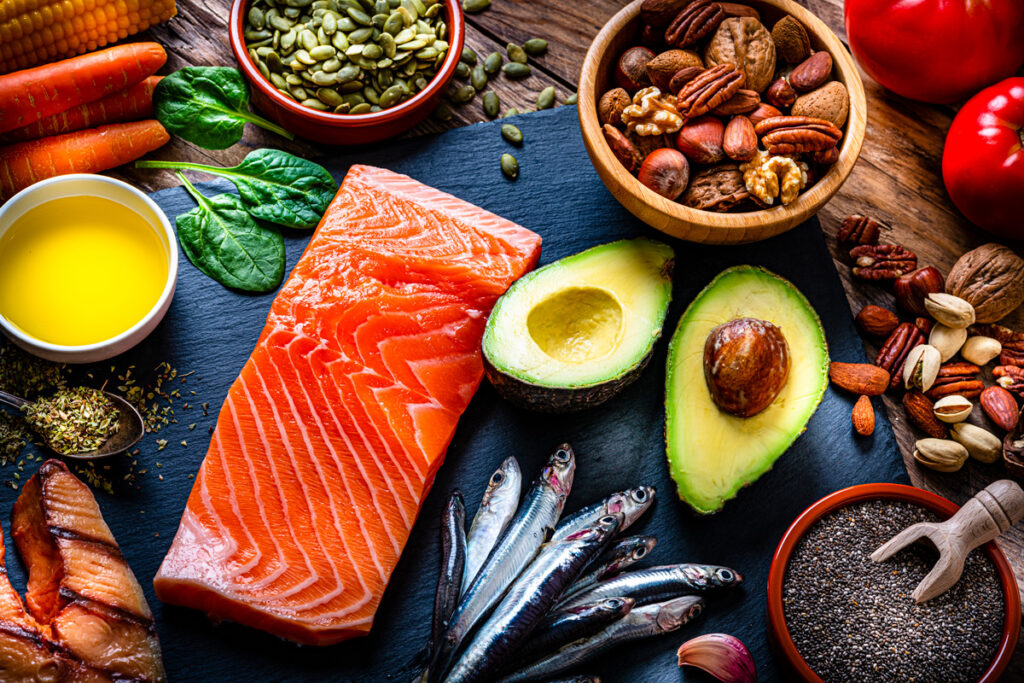
A well-rounded athletic diet commences with understanding the crucial nutrients. Carbohydrates, proteins, and fats are the primary macronutrients, providing energy and playing integral roles in bodily functions. Carbohydrates—often dubbed the ‘fuel of athletes’—supply immediate and sustained energy for strenuous physical activities. Whole grains, fruits, and vegetables are excellent sources, each providing essential vitamins, minerals, and fiber.
Fats, though sometimes vilified, are indispensable in a performance-enhancing diet. They serve as energy reservoirs, aid in the absorption of fat-soluble vitamins, and facilitate the production of hormones. Healthy fats, such as those found in avocados, nuts, and fish, are preferred over their trans-fat or saturated counterparts. Next in line, protein is paramount in repairing tissues and supporting muscle growth. Lean meats, fish, eggs, and plant-based proteins such as lentils and tofu, form ideal choices. We must not overlook micronutrients—vitamins and minerals—that are required in smaller quantities but are no less important.
Creating a Balanced Meal Plan
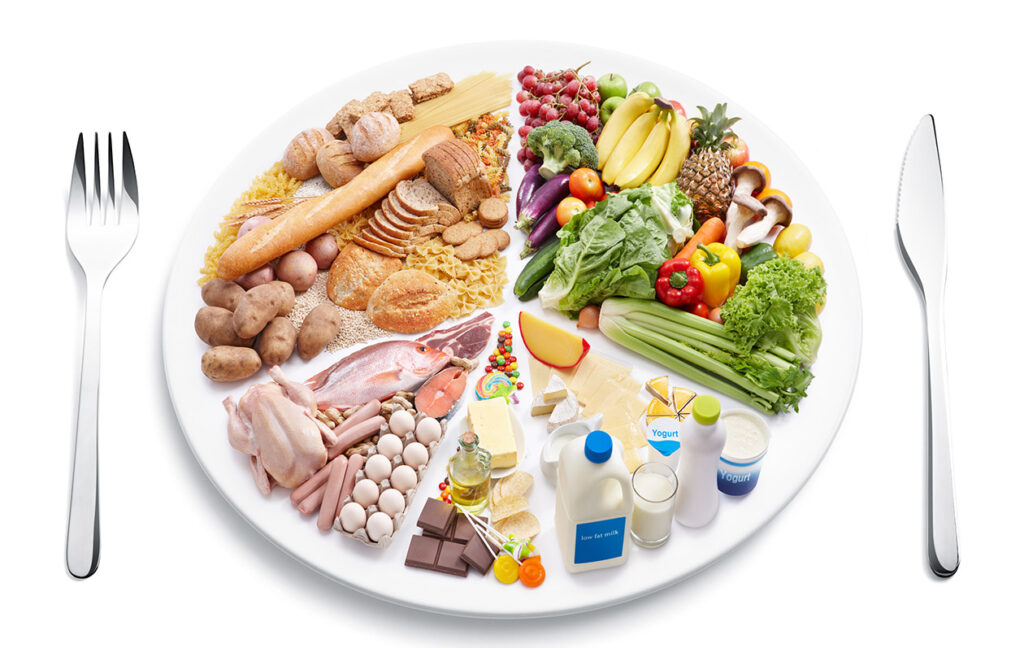
Constructing a balanced meal plan can seem daunting at first, but once mastered, it is a lifelong skill that pays off in improved health and performance. An effective approach is to envision each plate as a clock. About half (6 ‘clock hours’) should be filled with colorful fruits and vegetables, a quarter (3 ‘clock hours’) with high-quality proteins, and the remaining quarter with wholesome carbohydrates.
To illustrate, breakfast might include a bowl of oatmeal topped with berries (carbs), paired with a side of Greek yogurt (protein). For lunch, consider grilled chicken (protein) served with quinoa (carbs) and a mixed vegetable salad. Dinner could be a serving of grilled salmon (protein), sweet potato (carbs), and a medley of roasted vegetables. This method encourages variety, helping to meet different nutritional needs, while simultaneously avoiding monotony.
Pre-Game Nutrition: Fueling Up for Optimal Performance
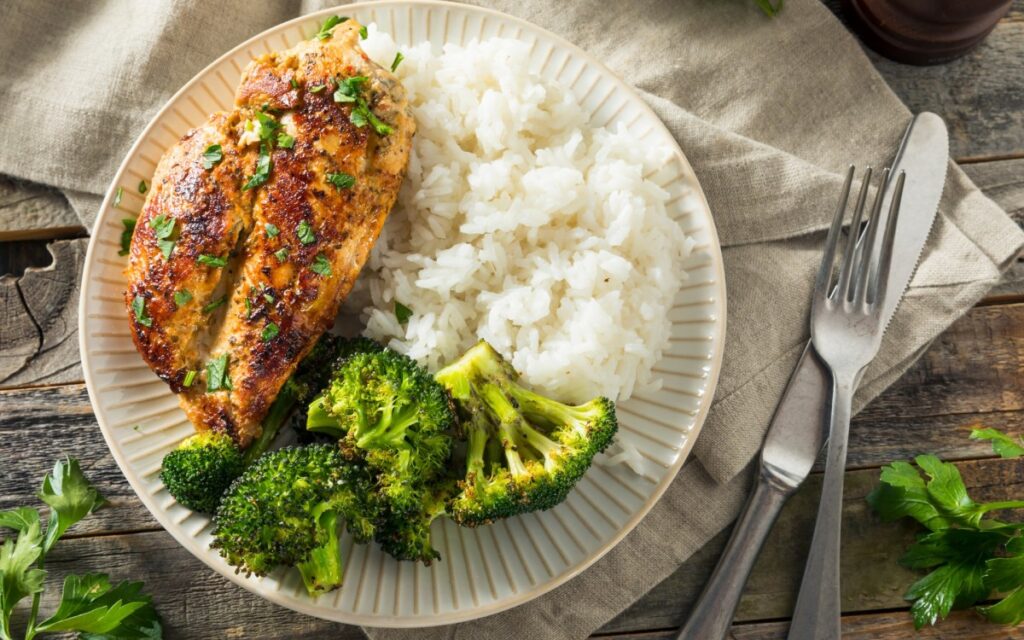
Strategically planned pre-game nutrition can dramatically boost an athlete’s performance. The primary aim is to maximize glycogen stores, which provide energy during exercise, and to prevent feelings of hunger. Approximately three to four hours before the event, consume a meal high in carbohydrates, moderate in protein, and low in fat, which will provide sustained energy and be easy to digest.
Approximately 30-60 minutes before the event, a smaller snack high in easily digestible carbohydrates can be consumed to provide an immediate energy boost. This could be a banana, a small serving of dried fruits, or a handful of pretzels. It is important to remember that every individual is unique and it may take a little trial and error to determine what works best for your body.
Post-Game Recovery: Replenishing and Repairing
Post-exercise, the body enters a state of repair and replenishment. Eating a meal or snack within 45 minutes to an hour after exercise can enhance this recovery process. This meal should be rich in protein to aid in muscle repair and contain carbohydrates to refill glycogen stores.
Food options could include a lean chicken wrap, a protein smoothie with fruit, or a bowl of quinoa with grilled vegetables and tofu. Moreover, don’t disregard the significance of micronutrients for recovery; antioxidants found in fruits and vegetables can help reduce inflammation and support overall recovery. Again, personal preference and tolerance should dictate food choice and quantity, but it’s a matter of prioritizing both macronutrients and micronutrients post-workout.
Snacking Smart: Keeping Energy Levels High
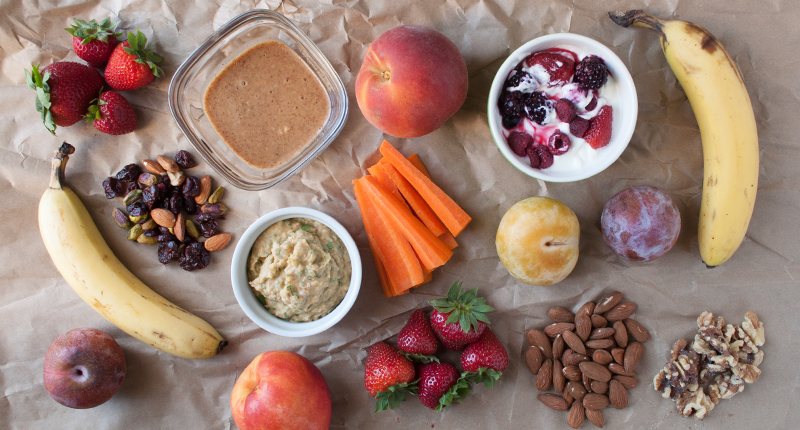
Between meals, smart snacking can maintain high energy levels and curb hunger pangs, preventing overeating at mealtimes. Athletes should aim for nutrient-dense snacks that combine protein and carbohydrates. Greek yogurt with berries, hummus with whole grain crackers, or a small handful of nuts with an apple make excellent choices.
Snacks are also a chance to sneak in more fruits and vegetables. Sliced bell peppers or carrot sticks with a nutritious dip, or fruit skewers can be both appealing and healthy. Remember, it’s not just about keeping the stomach filled; it’s about fueling the body with the right nutrients. Snacks can—and should—be a part of this fueling strategy.
Hydration for Peak Performance
We must not underestimate the role hydration plays in optimal performance. Fluids regulate body temperature, transport nutrients, and aid digestion. Dehydration can result in decreased strength, stamina, and cognitive function, underlining the importance of regular fluid intake. For most athletes, plain water suffices, but during long or high-intensity workouts, sports drinks can replace lost electrolytes.
As a rule of thumb, consume 16-20 ounces of water two to three hours before exercise, and another 8-10 ounces 20-30 minutes prior. During exercise, aim for 7-10 ounces every 10-20 minutes, and post-exercise, replenish with 16-24 ounces for every pound lost through sweat. Remember, these are general guidelines; individual needs can vary based on factors like sweat rate, climate, and exercise intensity.
Meal Timing: Maximizing Performance Gains
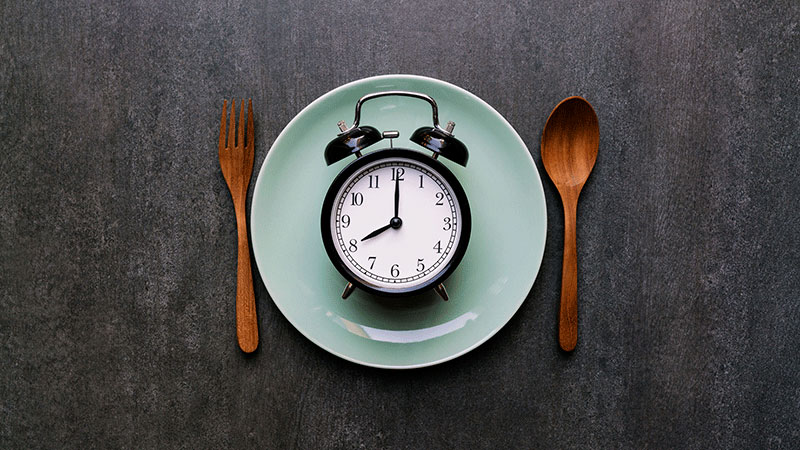
It’s not just what we eat but when we eat that can affect athletic performance. Known as nutrient timing, the strategy involves eating specific nutrients—primarily carbs and protein—at certain times to maximize performance and recovery. Having meals and snacks in the hours leading up to exercise can ensure enough fuel is available for the body to perform its best.
Post-exercise, the body is primed to replenish glycogen stores and repair and build muscle, making this a crucial time to consume protein and carbs. As a guideline, aim for a carb-to-protein ratio of 3:1 or 4:1 within one hour post-workout. Yet, individual requirements may vary, and a sports dietitian can offer personalized guidance based on unique needs.
Final Reflections
In the realm of athletics, the relationship between performance and nutrition is intertwined, each influencing the other in profound ways. By mastering the key principles outlined in this guide—understanding essential nutrients, creating balanced meals, optimizing pre- and post-game nutrition, smart snacking, maintaining hydration, timing meals strategically, and making healthy choices while on the go—you can truly eat like an athlete. By embracing this lifestyle, you may even inspire those around you to join you in this journey of nourishment and enhanced performance. The path to optimal athletic performance is, indeed, paved with nutritious choices.
